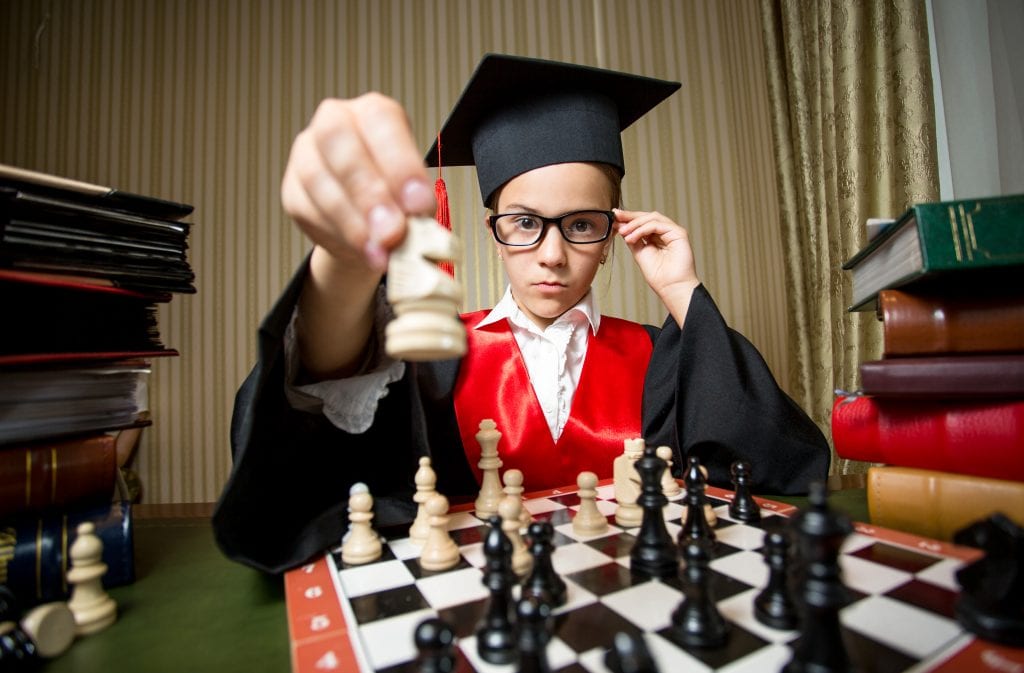Your cart is currently empty!
Change Your ADHD Brain. Play Chess.
 Reasoning and logic aren’t a strength for people with ADHD. They need to catch up with their peers. Playing chess is a great way to do it. Fun too!
Reasoning and logic aren’t a strength for people with ADHD. They need to catch up with their peers. Playing chess is a great way to do it. Fun too!
The United States ranks 24th of 29 developed countries in critical thinking. Problem solving is a particular concern. This is a result of deficiencies in working memory and recall. These are especially a challenge for students with ADHD.
Brain development can result in weaknesses in executive functioning. Playing chess can help.
- Engage visual information.
- Use “both sides” of the brain.
- Boost math and reading skills.
- Improves processing.
- Make logical decisions.
Chess is the answer. The trick is to get a person with ADHD to try. Learning how to play can be complicated. However, it can be fun too. Breaking steps down is a good strategy, Start with a peer who is more experienced. He/she should also have good communication skills. Stay close to smooth out the edges.
- Set up the board.
- Learn how to move each piece.
- Identify special moves.
- Determine who makes the first move.
- Discuss how to win the game.
- Study basic strategies.
- Practice by playing lots of games.
Improvements
Once the basic chess-playing skills have been mastered, learners move forward. Transfer to real-life situations is complex. The challenge is larger due to the characteristics of ADHD.
Inattentiveness is a symptom of ADHD that impacts both school and everyday life. Concentration increases over time as the chess player gains experience. Non-academic improvements occur as well.
- Social skills
- Forward thinking
- Engagement
- Communication
- Mindfulness
Critical thinking is a challenge across public education in the United States. These skills are even more challenging for students with ADHD. It results from the inattentiveness associated with their diagnosis. Conventional strategies can be less successful. Pairing games with learning components has shown significant gains.
Chess is a great solution. Try it out!
How would you suggest learning chess? Comment below.

EdieLovesMath empowers individuals with ADHD and Autism, their families, and professionals through a 4-step plan that builds confidence and success in reading, math, writing, and organization. As someone with a neurodiverse brain herself, Edie understands the challenges and triumphs of navigating learning differences firsthand. Join us. We’re here to guide your journey.
About Me ›
- Helping Neurodiverse Teens Transition to College: 5 Tips for Parents
- What is Neurodiversity? A Parent’s Perspective
- Creative Calm: Why Art Therapy Works for Teens and Young Adults with ADHD
- Getting Disability Accommodations in College: What Students and Parents Need to Know
- Neurodivergent Burnout: How to Recognize It and Tips to Recover

Leave a Reply